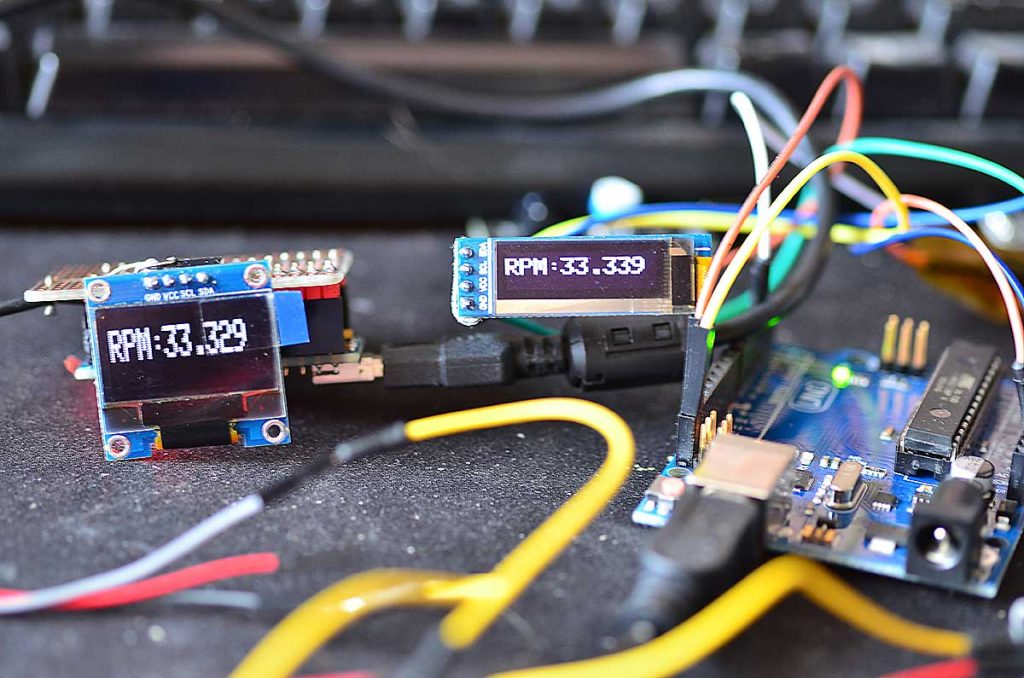
What Would Cause My Speedometer and Tachometer to Stop Working?
Share
For many automotive enthusiasts and tech professionals, the failure of pivotal instruments like the speedometer and tachometer can be both a frustrating and perplexing issue. When these components cease to function effective, it can compromise your ability to evaluate speed and engine performance, which is critical for safe driving. In this article, we will analyze various factors that could lead to the malfunction of these instruments and provide you with insights to help you troubleshoot.

Understanding the Basics of Speedometers and Tachometers
Before we dive into why your speedometer and tachometer might stop working, it is essential to understand what these devices actually do. The speedometer measures your vehicle's speed, while the tachometer gauges the engine's RPM (revolutions per minute). They are often clustered together in the dashboard and rely on various sensors to operate correctly.
Common Causes for Malfunction
Now that we have a foundational understanding, lets explore some common culprits that could cause your instrument cluster to fail:
1. Faulty Sensors
The most frequent reason for a malfunctioning speedometer and tachometer is a faulty sensor. The speedometer typically relies on the vehicle's speed sensor (VSS), while the tachometer may depend on the crankshaft position sensor or the engine control unit (ECU). If these sensors fail or become faulty, your dashboard may not display the correct information or might not display anything at all. Tech professionals should start diagnosing with a multimeter to check the integrity of these sensors.
2. Wiring Issues
Wiring problems can lead frequently to dysfunction in these devices. Corroded connections, frayed wires, or a poorly grounded unit can interrupt the flow of electrical signals. Inspect the wiring harnesses associated with your speedometer and tachometer. If you notice any corrosion or damage, its time for a detailed repair or replacement.
3. Dashboard Malfunctions
Another possibility is a failure within the dashboard itself. This can range from issues with the circuit board to damaged gauges. For technicians, isolating these issues can often require disassembling the dashboard to pinpoint the malfunction. You might also find additional information on why tachometers are crucial.
4. ECU Issues
The Engine Control Unit (ECU) plays a vital role in relaying information to the speedometer and tachometer. If the ECU has performance issues or has malfunctioned, it can directly affect the way these instruments function. Checking ECU settings through a diagnostic scanner can help identify any faults that may be affecting the instrument cluster.
5. Software Glitches
In today's tech-driven world, even traditional instruments like a speedometer and tachometer can be impacted by software problems. Some vehicles may require a software update to restore functions, making it prudent to check for any software-related issues.
How to Diagnose the Issue
Now that weve covered potential causes, lets shift our focus to diagnosing the problem. Heres a step-by-step guide:
1. Preliminary Checks
Begin with simple checks. Ensure that your vehicle's battery is functioning properly. Low voltage can sometimes impact the performance of electronic components. Also, examine the fuses associated with your dashboard components. A blown fuse could be the simplest explanation for their malfunction.
2. Use Diagnostic Tools
Tech professionals should employ diagnostic tools such as OBD-II scanners. These scanners can help identify error codes related to your speedometer and tachometer. Sensors might also show faults or signals that indicate a problem.
3. Inspect Wiring and Connections
Once preliminary checks are done, inspect the wiring and connections. Look for damaged, frayed, or corroded wires. Ensuring the integrity of both wiring and connections can help narrow the issue.
4. Test Sensors
Testing the various sensors in the system can also help determine the problem. Utilize a multimeter to check whether voltage and range are as expected. If a sensor is malfunctioning, replacing it might be the simplest solution.
5. Dashboard Assessment
If you reach this step, consider that the issue may lie with the dashboard itself. Testing the circuit board and ensuring that the gauges are functioning properly could lead to a solution, even if it means disassembling the dashboard. More detailed instructions can be found on how to install a tachometer.
Prevention and Maintenance
After identifying the problem and restoring function, preventative measures can save you from future frustrations. Regularly scheduled maintenance, including checking electrical connections and sensor integrity, can significantly increase the lifespan of your speedometer and tachometer. It might also be worth consulting resources like how tachometers work for further understanding and maintenance strategies.

Frequently Asked Questions
1. How do I know if my speedometer or tachometer is broken?
Your speedometer or tachometer may be broken if they show no readings, erratic behavior, or significant discrepancies compared to the vehicle's actual speed or engine RPM.
2. Can I drive my car with a malfunctioning speedometer or tachometer?
While it is technically possible, driving without functional instruments can be dangerous. It may be safer to address the issue before driving.
3. Are speedometer and tachometer issues related?
They can be related, especially if the cause is a common sensor or electrical issue. However, they can also malfunction independently of one another.
This thorough examination of what would cause a speedometer and tachometer to stop working provides tech professionals and automotive enthusiasts the knowledge to troubleshoot effectively. Addressing these concerns early can prevent further complications and ensure a safer driving experience.
